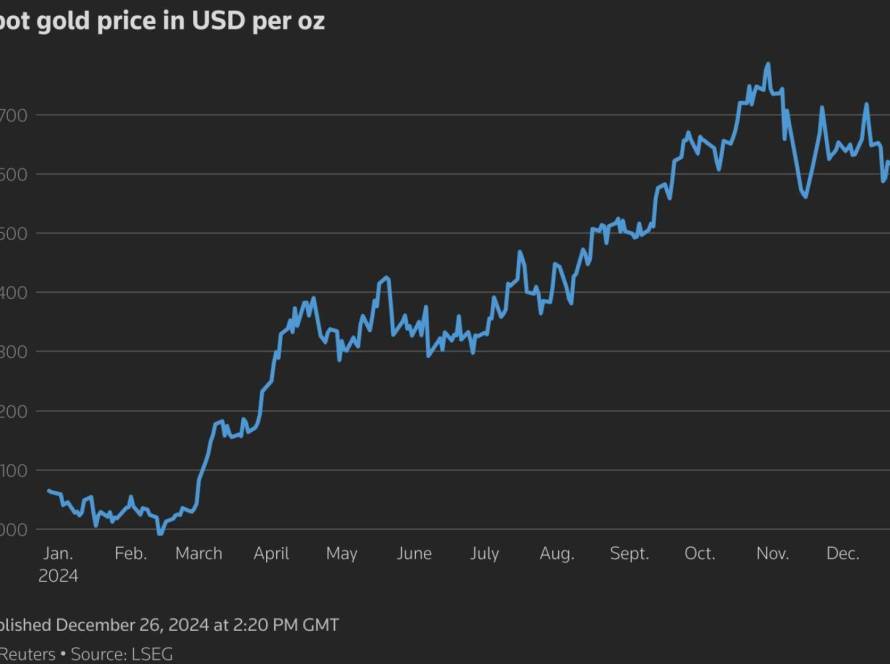The Canadian Dollar experienced notable fluctuations following the release of December’s employment figures, which exceeded analysts’ expectations and painted a more optimistic picture of the nation’s labor market. As economists had forecasted a slowdown, the unexpected surge in job creation has prompted discussions among financial experts about the implications for the country’s economic trajectory and potential shifts in monetary policy. With the loonie responding to this fresh data, stakeholders are keenly analyzing the broader effects on trade, consumer spending, and Canada’s recovery amid ongoing global economic challenges. This article delves into the details of the job report, its impact on the canadian Dollar, and what it signals for the future of the Canadian economy.
unexpected Impact of Employment Surge on the Loonie
The recent upswing in the Canadian Dollar stemmed from an remarkable uptick in employment figures, surprising economists who anticipated more modest growth. This December, Canada’s labor market demonstrated significant vitality, defying forecasts and boosting the currency’s value. Economic analysts credit the unexpected rise to a mix of robust sectoral performance, notably in the technology and healthcare industries, which saw unprecedented job increases. Market observers noted that this employment momentum signals a broader economic resilience that could influence monetary policy. Several factors played a role in this currency fluctuation, including domestic consumer confidence and global demand for Canadian exports. For importers and exporters, this shift presents both challenges and opportunities — stronger currency means cheaper imports and more competitive export pricing.
Economic Analysts’ Insights and Recommendations
Reacting to the jobs report, financial experts suggest that a sustained rise in employment could prompt the Bank of Canada to reconsider its approach to interest rates. By examining the interplay between employment trends and monetary policy,analysts foresee potential ramifications for the Loonie. Market experts suggest staying attuned to global currency shifts to navigate investment strategies effectively. Factors such as shifts in global oil prices and international trade relations will continue to impact the currency. to maintain economic stability, analysts reccommend policies that enhance workforce skills and innovation.As volatility persists,businesses may benefit from hedging against currency risks and adopting adaptive economic strategies.
| Sector | Job Growth | Impact on CAD |
|---|---|---|
| Technology | +5% | Positive |
| Healthcare | +4% | Positive |
| Manufacturing | Stable | Neutral |
- Interest Rates: A critical element for investors to watch, influencing the cost of borrowing and currency appeal.
- Economic Growth: Sustained job increases signal a robust economy, supporting a stronger domestic currency.
- Trade Balance: A crucial determinant of the Loonie’s performance amidst global trade dynamics.
Future Outlook
the release of December’s employment figures has provided a significant boost to the Canadian dollar, surprising analysts and market participants alike with its strength. The better-than-expected job numbers not only indicate a resilient labor market but also suggest that the Canadian economy may be on a firmer footing than previously anticipated. As investors digest the implications of this data, attention will likely shift to how these developments influence the Bank of Canada’s monetary policy moving forward. With ongoing global economic challenges and uncertainties, the Canadian dollar’s response underscores the dynamic interplay between domestic economic indicators and international market conditions.As 2024 unfolds, the trajectory of the loonie will be closely monitored, serving as a barometer for the overall health of Canada’s economy.






